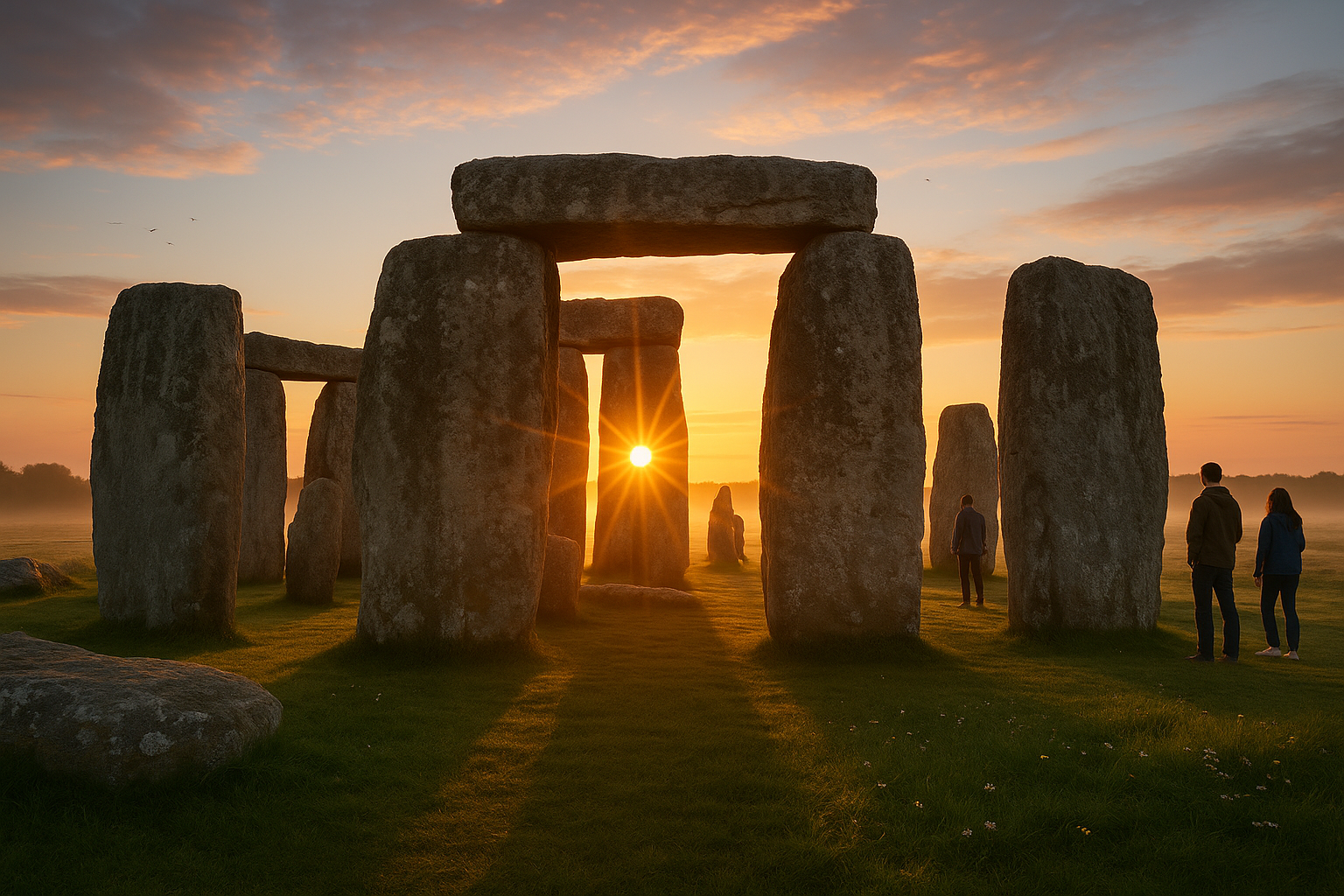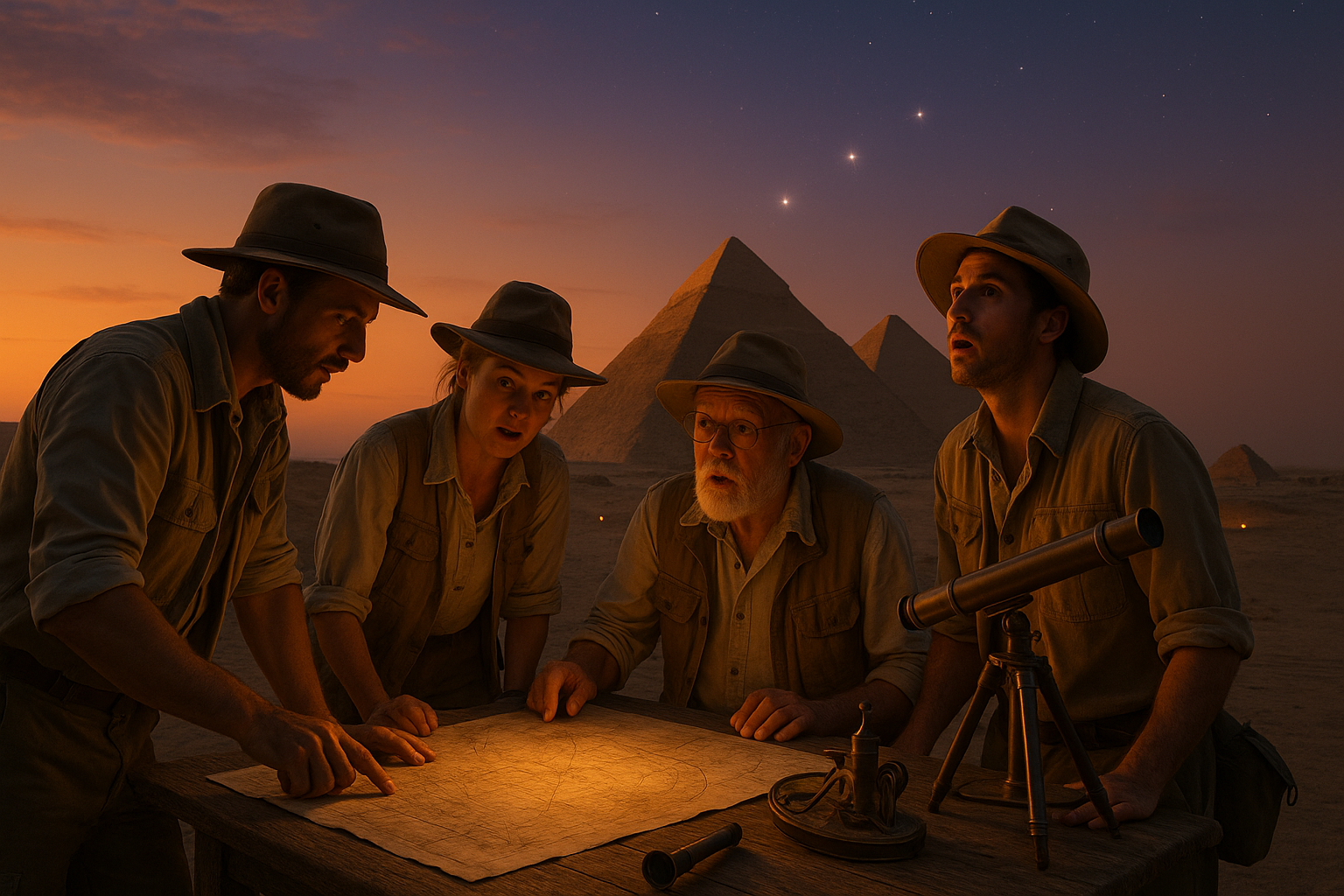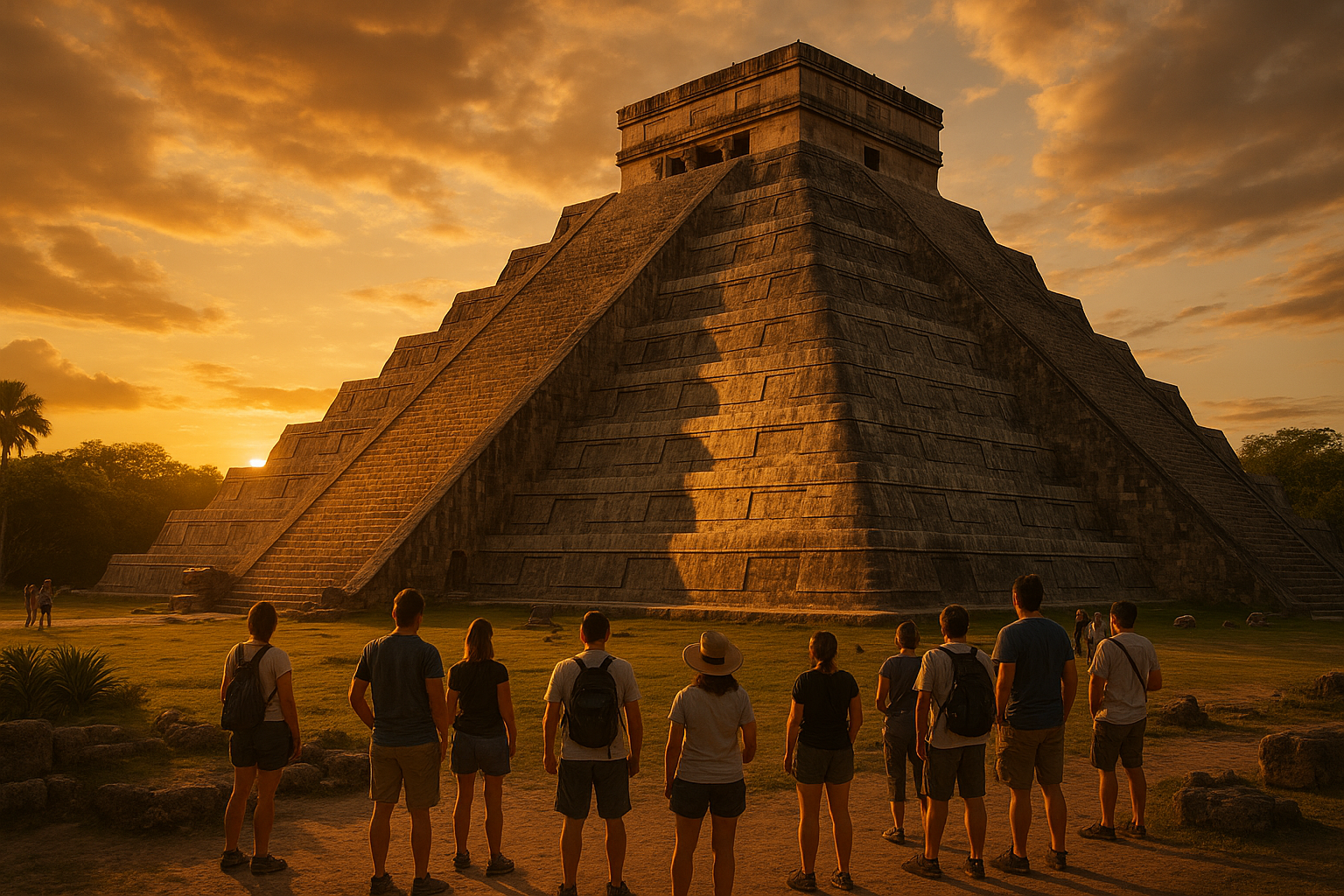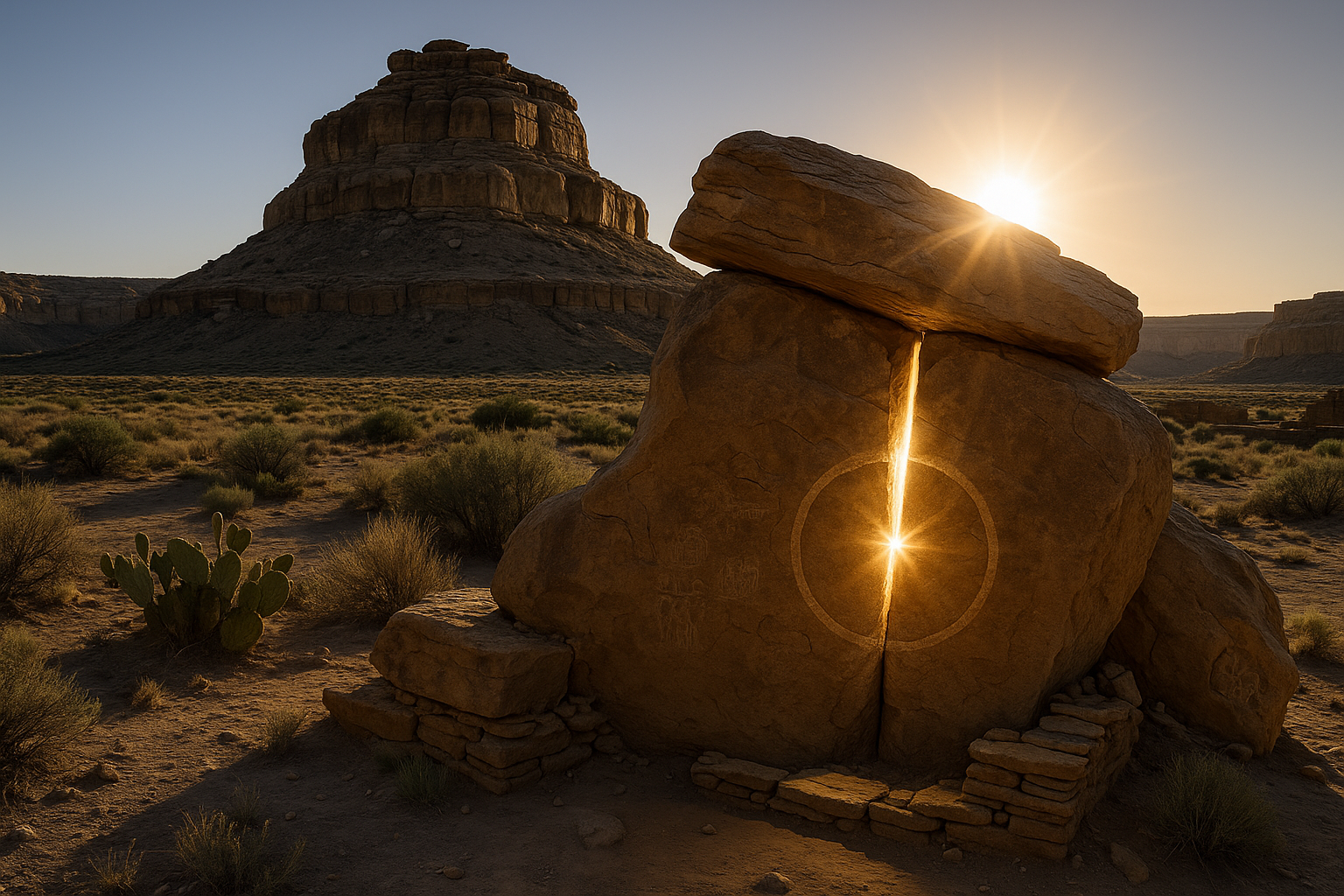Imagine walking through a time portal, where every step resonates with the echoes of ancient civilizations and the air is thick with stories from millennia past. Welcome to the Processional Way of Babylon, a majestic path that once led kings and conquerors alike into the heart of one of history’s most fascinating empires. 🌟
In this article, we delve into the intriguing history and grandeur of Babylon’s Processional Way—a marvel of ancient engineering and artistry. This historic avenue not only served as the main thoroughfare for religious and cultural parades but also stood as a testament to Babylon’s might and sophistication. The road that bore witness to the epic tales of gods and men, triumphs and tribulations, invites us to unravel its secrets and marvel at its brilliance.
Babylon, often synonymous with opulence and ambition, was a city that inspired awe and envy across the ancient world. It was here, amidst the fertile plains of Mesopotamia, that the Processional Way stretched in all its glory, guiding the gaze of every passerby to the towering splendor of the Ishtar Gate. This monumental entrance, adorned with vividly colored bricks and intricate reliefs of dragons and aurochs, remains an iconic symbol of Babylonian grandeur.
But what made the Processional Way truly remarkable was not just its stunning aesthetics. It was the very embodiment of the power and religious fervor that characterized the Babylonian Empire. Each brick was meticulously crafted, each design imbued with symbolic meaning. Walking along this path meant participating in a ritualistic journey that celebrated the gods and solidified the authority of Babylon’s rulers.
As we embark on this exploration, we will uncover the architectural genius behind the Processional Way. The meticulous planning that went into its construction and the artistry that adorned its passageways speak volumes of Babylon’s advanced understanding of urban planning and design. We’ll also look into the historical context that necessitated such grandeur, examining how the Processional Way served both spiritual and political purposes.
Moreover, we’ll delve into the cultural significance of this ancient pathway. From the grand parades of the New Year Festival to the daily comings and goings of Babylon’s citizens, the Processional Way was a living artery of the city. It was here that the divine met the mundane, where gods were celebrated, and where the populace felt the presence of their rulers and deities alike. 💫
Furthermore, our journey will touch upon the rediscovery of this ancient marvel in modern times. Archaeological endeavors have peeled back layers of history, revealing the lost splendor of Babylon to the world. These excavations have not only provided invaluable insights into Babylonian culture and society but have also sparked debates on heritage preservation and the ethics of archaeology.
We’ll also explore the role of the Processional Way in contemporary culture and its enduring legacy. Its influence can be seen in art, literature, and architecture throughout the ages, proving that the echoes of Babylon continue to reverberate even in our modern world. 📜
Join us as we step into history and embark on a journey that promises to illuminate the magnificence of Babylon’s Processional Way. Whether you are a history enthusiast, a lover of ancient architecture, or someone curious about the stories that shaped our world, this exploration offers something for everyone. The stones of Babylon whisper tales of yore, ready to share their secrets with those willing to listen.
In the sections that follow, we will guide you through a detailed narrative, painting a vivid picture of what life might have been like during the zenith of Babylonian civilization. Prepare to be transported back in time, to a world where myth and reality intertwine in the dusty corridors of history. Let us walk this path together and unlock the wonders of the Processional Way. 🌍
# Step into History: Exploring the Magnificence of Babylon’s Processional Way
## Unveiling the Splendor of Ancient Babylon
The ancient city of Babylon, located in what is now modern-day Iraq, stands as one of the most extraordinary civilizations in human history. Its grandeur is epitomized by the Processional Way, a majestic avenue that once led to the awe-inspiring Ishtar Gate. As we delve into the magnificence of this historic pathway, we unveil the secrets of its architectural brilliance, its role in religious ceremonies, and its enduring legacy.
### The Architectural Brilliance of the Processional Way
The Processional Way was not just a road; it was an architectural masterpiece. Stretching over half a mile, it was constructed with meticulous precision. The road was paved with large stone slabs, each engraved with intricate designs and inscriptions. These stones were set so perfectly that they have endured for millennia, a testament to the engineering prowess of Babylonian architects.
The walls flanking the Processional Way were adorned with glazed brick reliefs, depicting a series of sacred animals, including lions, dragons, and bulls. These creatures were not mere decorations; they symbolized various deities and conveyed the might and divine protection of Babylon. Walking along this avenue was akin to stepping into a divine realm, where art and architecture converged to create an awe-inspiring experience.
For a deeper understanding of the architectural brilliance of Babylon, watch this insightful video: [Exploring the Ishtar Gate and Processional Way – Ancient Architects](https://www.youtube.com/watch?v=ZDF63UzxuAE).
### Religious Significance and Ceremonial Grandeur
The Processional Way was not only an architectural wonder but also a vital component of Babylonian religious life. It played a central role in the annual New Year Festival, known as Akitu. During this festival, the statue of the god Marduk was paraded along the Processional Way, from the Esagila temple to the Akitu House, a temple located outside the city walls.
The procession was a grand spectacle, attended by thousands of Babylonians who gathered to witness the divine journey. It was a time of renewal and reaffirmation of the king’s divine mandate to rule. The king himself would walk this sacred path, participating in rituals that symbolized his submission to the gods and his role as the intermediary between the divine and the mortal realms.
Here is a comparative table illustrating the key elements of the Akitu Festival:
| Element | Description |
| Statue Procession | The statue of Marduk was carried along the Processional Way. |
| Rituals | Involved offerings, prayers, and ceremonial performances. |
| King’s Role | The king participated as a servant to the gods, ensuring cosmic order. |
### The Enduring Legacy of Babylon’s Processional Way
The Processional Way, like many ancient wonders, transcends its physical form. Its legacy is woven into the tapestry of history, influencing subsequent cultures and leaving a lasting impression on modern archaeological pursuits. The discovery and reconstruction of the Ishtar Gate and the Processional Way in the Pergamon Museum in Berlin have allowed millions to marvel at Babylon’s ingenuity.
In contemporary times, the legacy of the Processional Way extends beyond its architectural and religious significance. It serves as a reminder of humanity’s quest for beauty, order, and meaning. The meticulous artistry and the symbolic depth of the Processional Way inspire artists, historians, and architects to this day.
To explore more about the reconstruction efforts and the significance of the Processional Way, check out this informative video: [Rebuilding Babylon’s Ishtar Gate – National Geographic](https://www.youtube.com/watch?v=sE6q8VCVbFU).
### The Influence of Babylonian Art on Modern Architecture
The art and architecture of Babylon, as exemplified by the Processional Way, have had a profound influence on modern architectural practices. The use of decorative motifs, vibrant colors, and symbolic imagery in Babylonian architecture has inspired contemporary designers seeking to incorporate historical elements into modern contexts.
The concept of integrating art into architecture, as seen in the reliefs of sacred animals along the Processional Way, is mirrored in today’s architectural endeavors that aim to create spaces that are not just functional but also aesthetically pleasing and culturally resonant. The harmony of form and function in Babylonian architecture serves as a model for creating spaces that tell stories and evoke emotions.
### Preserving Babylon’s Heritage for Future Generations
The preservation of Babylon’s cultural heritage, including the Processional Way, is a critical endeavor that requires international cooperation and commitment. Efforts to preserve and protect these ancient sites are vital to ensure that future generations can continue to learn from and be inspired by the achievements of ancient Babylon.
International organizations, local authorities, and archaeologists are working tirelessly to safeguard these treasures against threats such as environmental degradation, looting, and conflicts. By preserving Babylon’s heritage, we not only honor the past but also enrich our understanding of human history and cultural identity.
### Call to Action: Exploring Babylon’s Wonders
As we explore the magnificence of Babylon’s Processional Way, we are reminded of the enduring power of human creativity and the importance of preserving our cultural heritage. Whether through visiting museums, supporting preservation efforts, or delving into the rich history of ancient civilizations, each of us can contribute to the ongoing journey of discovery and appreciation.
👉 Discover more about the wonders of Babylon and its timeless legacy. Dive into the resources, watch the videos, and let the echoes of the past inspire your present.
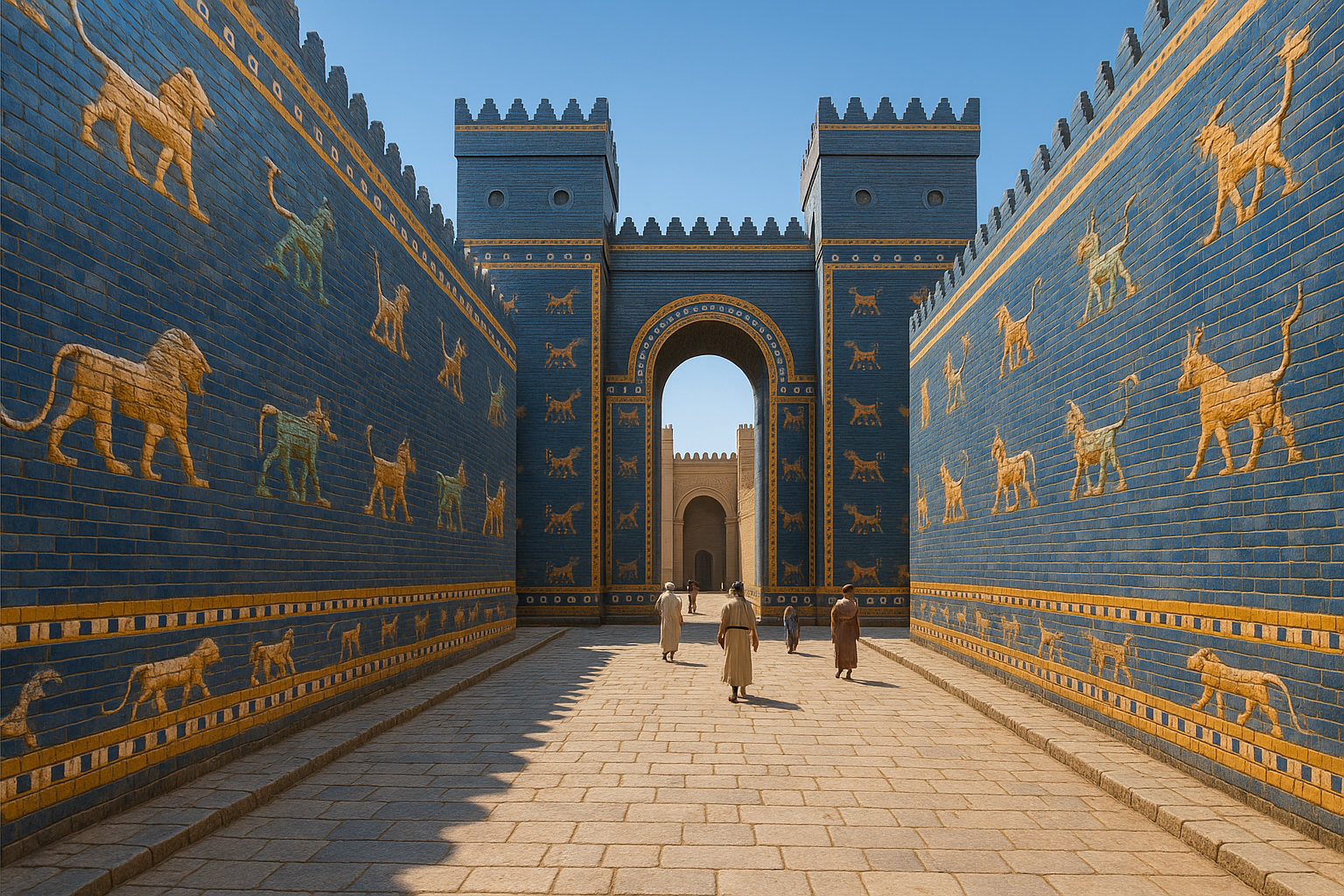
Conclusion
Conclusion: Exploring the Magnificence of Babylon’s Processional Way
As we conclude our journey through the ancient marvel that is Babylon’s Processional Way, it is imperative to reflect on the key elements that define its grandeur and historical significance. This extraordinary avenue, which served as a vital artery of the Neo-Babylonian Empire, not only facilitated the movement of people and deities during grand processions but also symbolized the power and sophistication of one of history’s most influential civilizations. 🌟
The Processional Way was more than just a physical pathway; it was an architectural masterpiece that showcased the ingenuity and artistic prowess of its creators. Lined with meticulously crafted bricks bearing the images of lions, dragons, and bulls, it provided a glimpse into the spiritual and cultural life of Babylon. These magnificent reliefs, vibrant in their glazed blue tiles, offered protection to the city and its people, representing divine guardianship and kingly power. Through the Way, the majestic Ishtar Gate stood as an emblem of Babylonian opulence, further emphasizing the splendor of the empire.
Our exploration revealed the integral role the Processional Way played in religious ceremonies, particularly during the New Year’s Festival, where it served as the stage for the divine drama that affirmed the cosmic order. This pathway linked the outer world to the sacred precincts of the city, uniting the physical and spiritual realms. Moreover, it reinforced the centrality of Babylon in the ancient world, both as a hub of worship and a testament to human creativity and ambition.
Beyond its historical and cultural significance, the Processional Way also serves as a poignant reminder of the enduring legacy of ancient civilizations. The remnants of this grand avenue inspire awe and admiration, inviting us to ponder the achievements of those who walked its path centuries ago. By studying and preserving such sites, we honor the past and gain insights into the foundational structures of modern society.
The journey through Babylon’s Processional Way is not merely an exploration of ancient ruins; it is an invitation to connect with the spirit of human ingenuity and resilience. As we navigate the echoes of history, we are reminded of our shared heritage and the timeless quest for knowledge and understanding.
In closing, I urge you to delve deeper into the fascinating world of ancient civilizations and to appreciate the lessons they offer. The Processional Way of Babylon is just one chapter in the vast story of human achievement, and there is so much more to discover and learn. Share this journey with others, spark discussions, and perhaps even plan a visit to the archaeological sites that continue to captivate and educate people from around the globe. 🗺️
To further explore the magnificence of Babylon and its Processional Way, consider visiting resources such as the Encyclopedia Britannica or the detailed articles available at Smithsonian Magazine.
Let us continue to cherish and preserve our historical landmarks, ensuring that future generations can also marvel at the achievements of our ancestors. By doing so, we contribute to a richer, more informed, and more connected world. Your thoughts and reflections are invaluable, so feel free to comment, share, and apply the insights gained from this exploration to your own life and community.
Thank you for embarking on this journey through time with us. Let the grandeur of Babylon’s Processional Way inspire you to explore further and to appreciate the profound connections between past and present. 🌍✨
Toni Santos is a cultural storyteller and food history researcher devoted to reviving the hidden narratives of ancestral food rituals and forgotten cuisines. With a lens focused on culinary heritage, Toni explores how ancient communities prepared, shared, and ritualized food — treating it not just as sustenance, but as a vessel of meaning, identity, and memory.
Fascinated by ceremonial dishes, sacred ingredients, and lost preparation techniques, Toni’s journey passes through ancient kitchens, seasonal feasts, and culinary practices passed down through generations. Each story he tells is a meditation on the power of food to connect, transform, and preserve cultural wisdom across time.
Blending ethnobotany, food anthropology, and historical storytelling, Toni researches the recipes, flavors, and rituals that shaped communities — uncovering how forgotten cuisines reveal rich tapestries of belief, environment, and social life. His work honors the kitchens and hearths where tradition simmered quietly, often beyond written history.
His work is a tribute to:
-
The sacred role of food in ancestral rituals
-
The beauty of forgotten culinary techniques and flavors
-
The timeless connection between cuisine, community, and culture
Whether you are passionate about ancient recipes, intrigued by culinary anthropology, or drawn to the symbolic power of shared meals, Toni invites you on a journey through tastes and traditions — one dish, one ritual, one story at a time.


